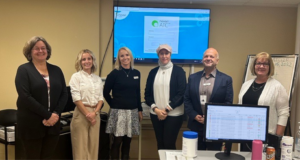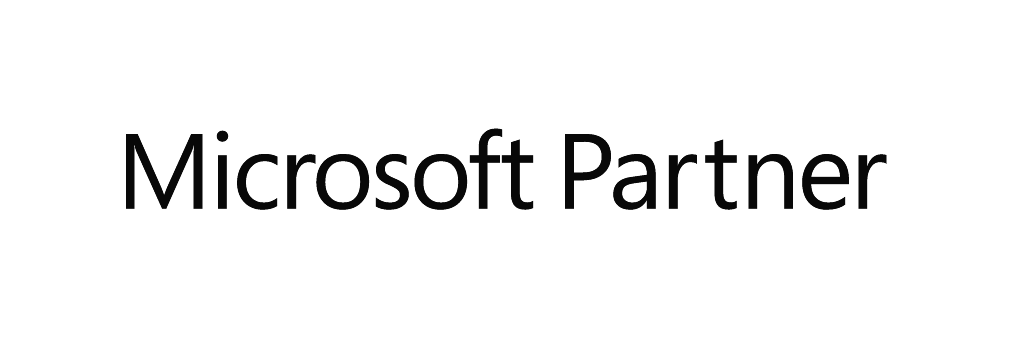This article was originally published on November 19, 2021 by The King’s Fund. The author is Danielle Jefferies.
Click here to access the original version.
The headline issue in elective care is that 5.8 million people and counting are currently waiting for elective treatment in England – and more than 12,000 have been waiting more than two years – with ministers suggesting that waits will ‘get worse before they get better’.
So far, the government has avoided putting a timeline on reducing the backlog or guaranteeing how much it will reduce by. Instead, they have committed the NHS to ‘deliver around 30 per cent more elective activity by 2024/25 than it was before the pandemic’. This commitment comes with the caveat that this increase is ‘after accounting for the impact of an improved care offer through system transformation, and advice and guidance.’
This target is a helpful starting point for the NHS to reimagine the future of elective care. But it also raises many questions. Without answers to these questions, it is unclear what results we can expect from the £13.9 billion in additional funding already allocated over the next three years to tackling the elective backlog.
First, what counts as ‘elective activity’?
Elective activity can refer to many things, including elective admissions, out-patient appointments and diagnostic procedures. But this question is not just about semantics.
Some of new elective backlog funding has been allocated to specific initiatives such as community diagnostic centres and elective surgery hubs. Funding specific types of activity is useful in some scenarios – for example the incentivisation of day cases procedures in the 1990s led to improved patient experiences.
But tackling the elective backlog will require additional resources across the system to increase a range of activities. For example, additional staffing and bed capacity will be needed just as much as extra diagnostic capacity. The longer the definition of activity is left ambiguous, the more patients will start to wonder when the services they need the most will return.
What does an ‘improved care offer’ look like?
This commitment is filled with optimism but currently lacks specificity. It could hint towards productivity gains, which will be essential to improving elective care, as they were in the early 2000s. But what do future productivity gains look like? It could be that over the next three years, significantly more patients will be redirected to alternative pathways – reducing demand for elective activity. Or it could be that new innovations will significantly increase elective activity capacity. Both have the potential to create an elective care system that better meets patient needs. However, it is difficult to know what ‘system transformation, advice and guidance’ will actually look like with without a detailed transformation delivery plan for elective care.
Will an activity-based target improve patient care?
The ultimate test is whether this target will lead to improved patient care. An activity-based target makes sense in a period of recovery when you don’t know the level of future demand. But for the past 20 years, elective care performance has been measured primarily through waiting time targets. The introduction of an activity-based target could be interpreted as a notable change in direction.
In theory, increasing elective activity will reduce waiting times for patients, but this is not inevitable. The target may also introduce perverse incentives. For example, there is a risk that high throughput elective procedures will be prioritised over complex elective procedures. This would lead to an increase in elective activity, but not to shorter average waiting time.
This target also risks placing elective activity in direct competition with emergency activity. Both types of activity require staff, beds, and equipment. Both have growing demand profiles that are likely to get worse going into winter in 2021 and beyond. Emergency activity has its own waiting time targets that should not be sacrificed in favour of elective activity targets. A 30 per cent increase elective activity does not guarantee improved patient experiences.
NHS England and NHS Improvement has also emphasised that plans for elective recovery need to address health inequalities. But although there is a greater focus on analysing waiting times by ethnicity and deprivation it is still unclear exactly what the national expectations are for restoring services inclusively – and there are no guarantees that different patient groups will experience more equal access to diagnosis and treatment.
The government has been explicit about defining the funding inputs into elective care, but not about what outputs it expects in return. ICSs and individual trusts need further clarity on how their overall elective care performance will be measured in the future. And patients need further clarity on how long they can expect to wait. A clear definition of what this 30 per cent target means will help us to understand what ‘better’ elective care will look like.



